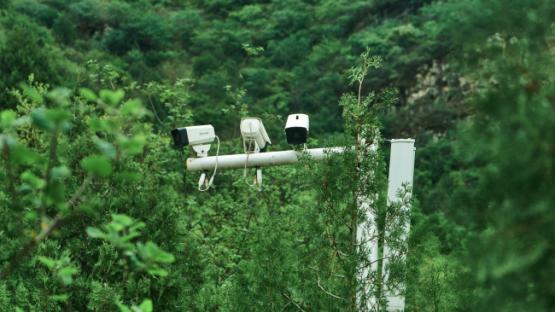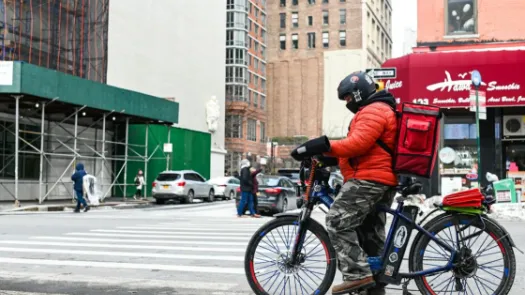
With Aid programmes in crisis, we risk more global surveillance
Global Humanitarian and Aid programmes are in crisis. In our experience, this opens the door for MORE ‘aid’ programmes that actually expand surveillance and undermine human rights across the world.

As the New York Times reports the health programmes are being cut by USAID cuts, the US Government declares them as “inconsistent with the national interest or agency policy priorities.” Sadly at PI we know the kind of foreign aid that governments believe are in the national interest: surveillance funding.
We’re alarmed by aid budgets being cut by governments world-wide. People will be hurt, and people will die.
And while most of the news has been dominated by the US’s cuts, the UK and France also cutting their aid programmes. It’s been reported that these cuts are being used to fund war.
As experts have cautioned, it’s not just that key humanitarian programmes are being financially impacted. It’s that aid will become more tightly linked to political interest and interference. That is, aid will flow from Country A to Country B only if Country B does what Country A wishes. In today’s world, that likely includes the receiving country using the aid to limit human rights.
This isn’t new: foreign aid is already politicised. We found that the US exports of surveillance equipment to central America continued despite Trump Administration aid cuts in 2019. Not only does this divert aid money away from things like building schools, it spreads invasive and powerful surveillance capabilities around the world. Without the adequate safeguards, we’ve warned that this enforces authoritarianism and human rights abuses. At the time we argued that this fuels the very conditions which make people emigrate, while simultaneously cutting the type of aid which gives people opportunities.
We’ve been tracking surveillance as part of aid programmes since the post 9/11 environment. For years we worked with the UN Refugee Agency to review their push to gather biometric data of people in vulnerable situations, being driven by US and Dutch government humanitarian funding. Driven by counter-terrorism and anti-fraud motivations, these governments pushed untested technologies with limited safeguards.
We compiled our early research on this topic in ‘Aiding Surveillance’, the first report on this dangerous dynamic.
In our work highlighting that Western governments are one of the top drivers of surveillance, we linked EU and Interpol working on biometric programmes in West Africa. Or how a company partly owned by French-government (and defence firms) wins contracts to explore surveillance programmes in Africa.
And these are not isolated cases. We tracked the EU’s aid programmes around the world. Fortunately, after we shared our findings with the EU Ombudsman Office, they called on the EU to conduct human rights assessments and mitigation plans prior to funding these opportunistic programmes.
We’ve seen repeatedly through our work over the years that funding from so-called ‘good’ actors can be drivers of surveillance in programmes that purport to aid people around the world. But, we’ve also seen that challenging the invasive aspects of these programmes can force those drivers to change.
It remains to be seen if this latest wave of cuts opens the door for even more surveillance, but we will be following these pressing issues closely.
If you want to join us, please sign up to our newsletter to hear about this work as it happens.



